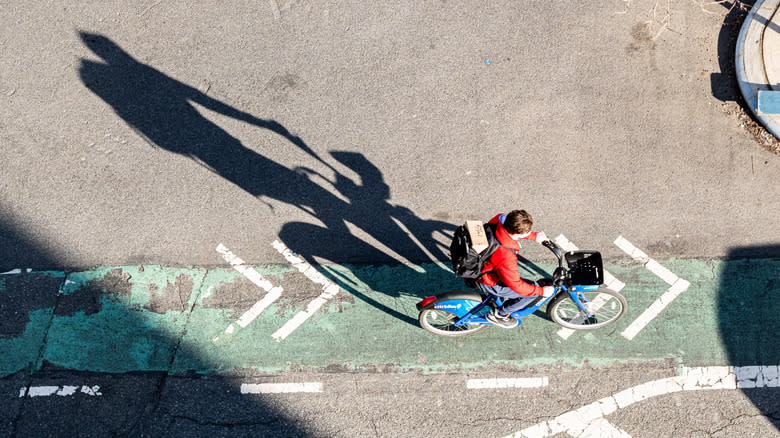
E-bikes, electric scooters, and other powered forms of micromobility are sweeping America's cities, and for good reason. They're affordable, efficient, and altogether better suited for dense urban environments than hulking cars. But some folks, even here in the Jalopnik comments, disagree — they see roads as being for cars only, and they'd prefer that bikes either stick to the sidewalks or stay home entirely. Now, even legislators are being forced to pick sides, as advancements in micromobility push the boundaries of what our laws are built to accommodate.
The Wall Street Journal ran a piece last week on the issue, talking about the difficulties regulators are facing with the advent of new, faster e-bikes and scooters. It talks about the very real issue of making laws that apply to both human-powered pedal bikes like mine (which tops out at about 30 mph, if I want to arrive at my destination very sweaty) and electric "bicycles" capable of highway speeds, coming to the conclusion that mixing slow, traditional bicycles, fast e-bikes, and even faster cars is a problem that remains unsolved. It hints, though, at some points that could coalesce into a single unified solution.
Read more: Why Racing Cars Use Straight Cut Gears
Keep 'Em Separated
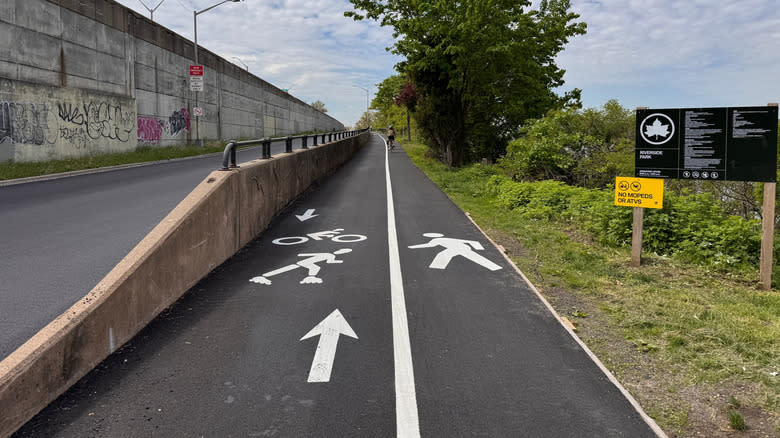
The Journal talks about the risks of mixing traditional bikes with high-speed e-bikes, as well as the fatalities that occur when bikes are forced to mingle with cars. It proffers the idea of splitting pedal power from electric power, but still lands on making e-bikes share space with car lanes. Yet, following the logic to its conclusion presents another option: Sacrificing car lanes for bike space.
Data shows that car drivers switch to micromobility solutions when they feel safe to, when they themselves won't be at risk of car murder. Many American urban centers have plenty of car lanes — even in my borderline rural area of Brooklyn, well-traveled roads get two or more lanes for cars in addition to their bike lanes. Turning a single car lane into a high-speed bike lane solves both issues of co-mingling, allowing everyone the most safety they can get. Here in New York, we already cede car lanes to bikes on limited occasions to massive success — think about a coast-to-coast expansion of the program.
Ceding car lanes to bikes presents an opportunity to increase ridership in major cities that are best suited to two-wheeled transport. It provides a way to limit carbon emissions naturally, through commuters' choice, which always seems to be the tactic beloved by our lawmakers. It may not be a perfect solution, but it certainly seems worth a shot.
Want more like this? Join the Jalopnik newsletter to get the latest auto news sent straight to your inbox...
Read the original article on Jalopnik.
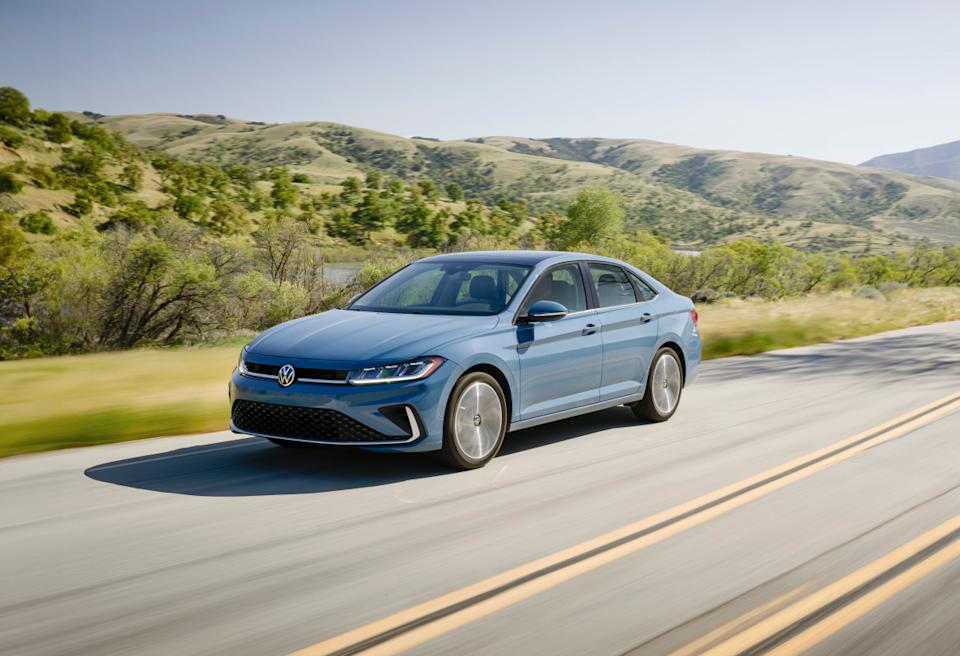
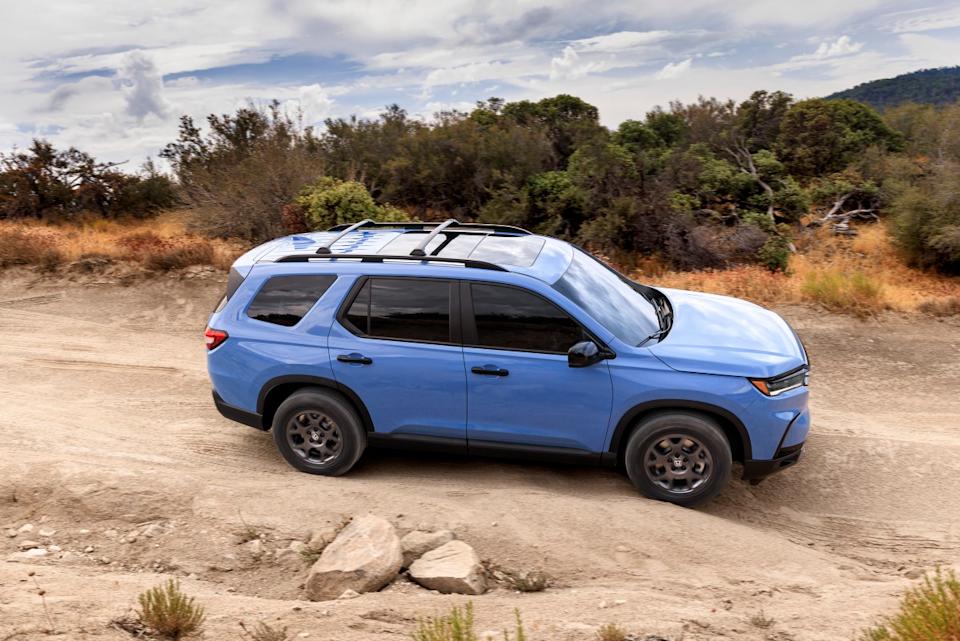
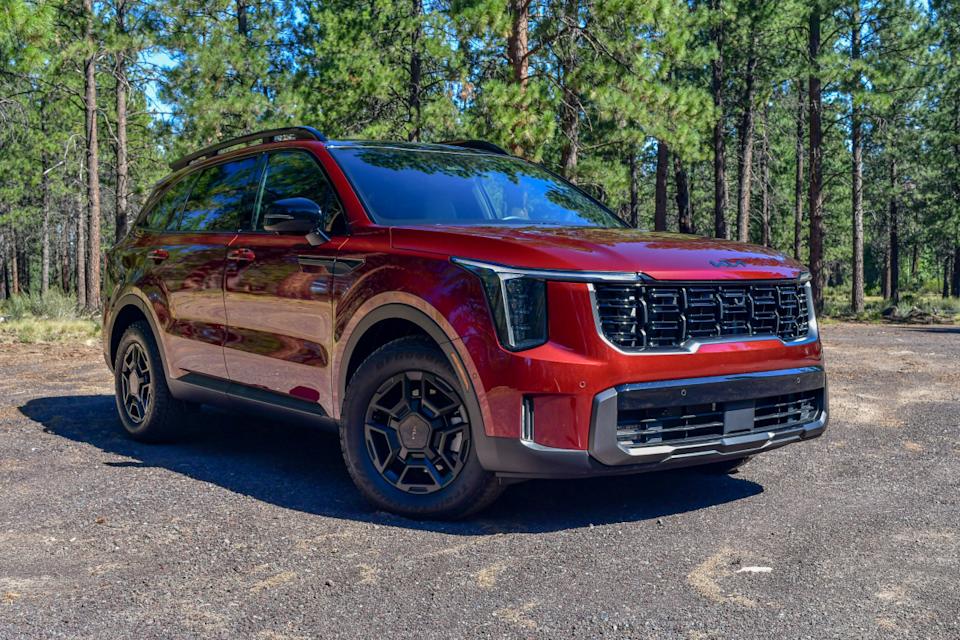
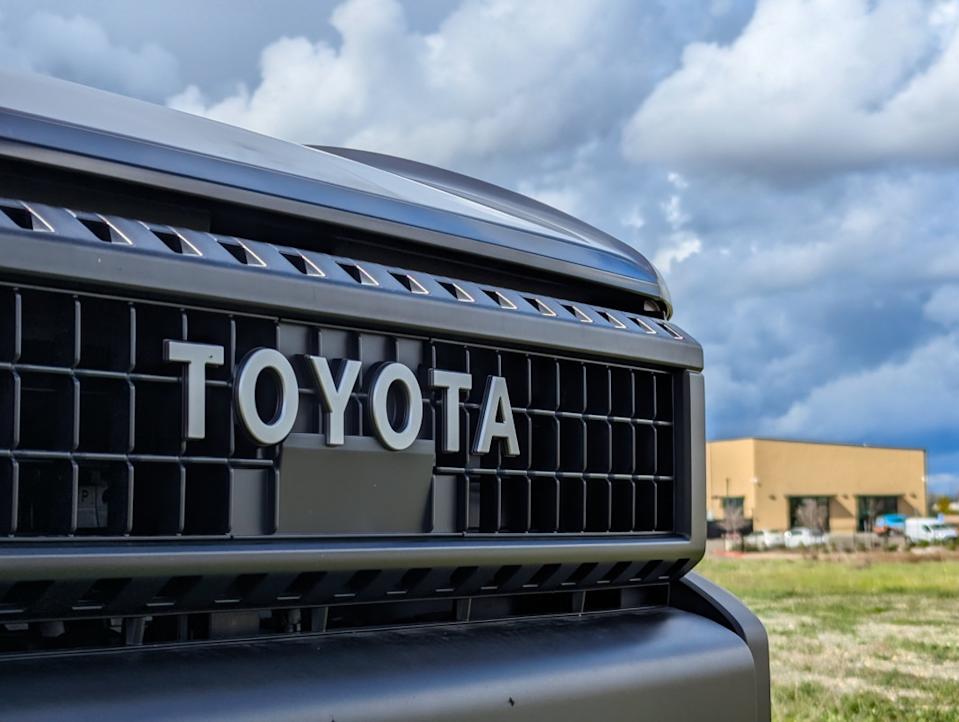
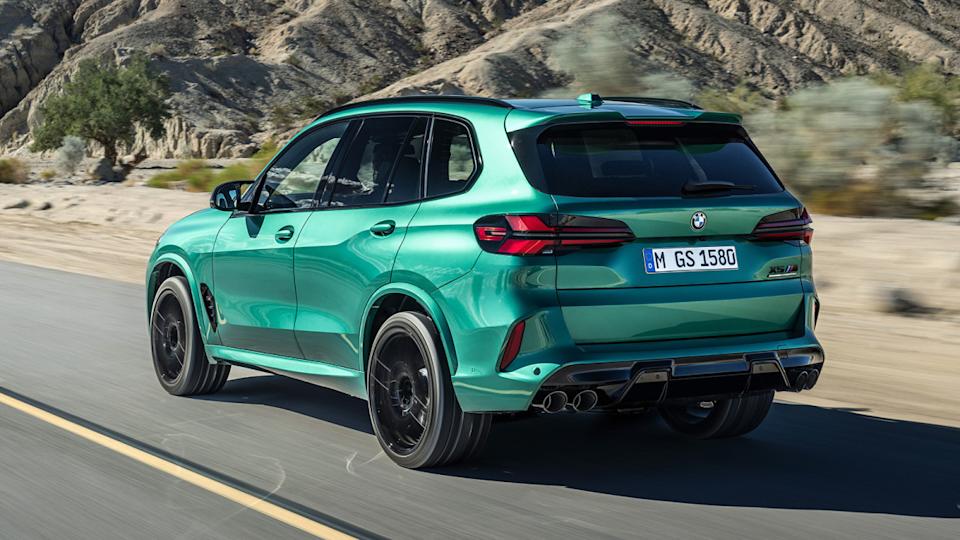

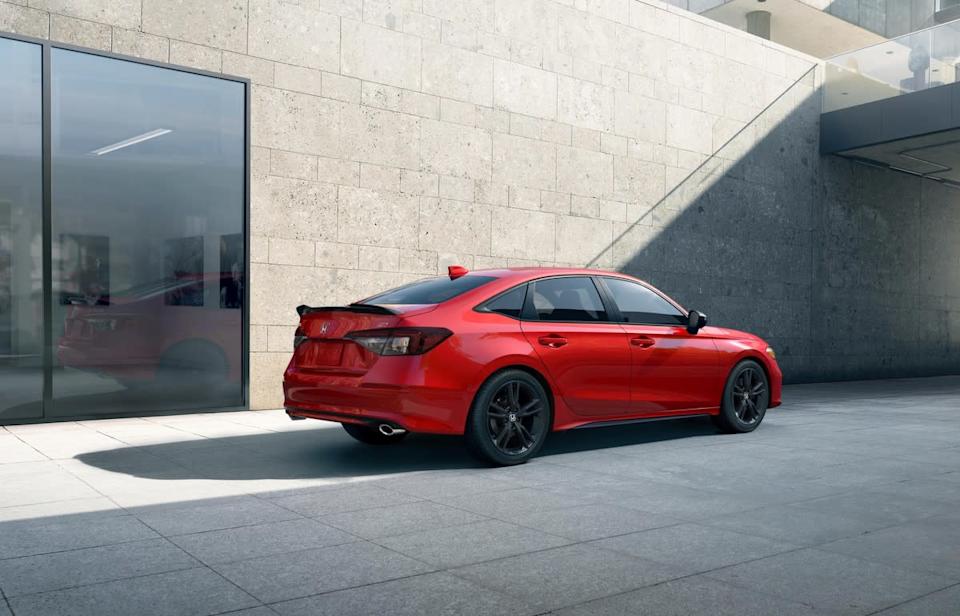
Comments